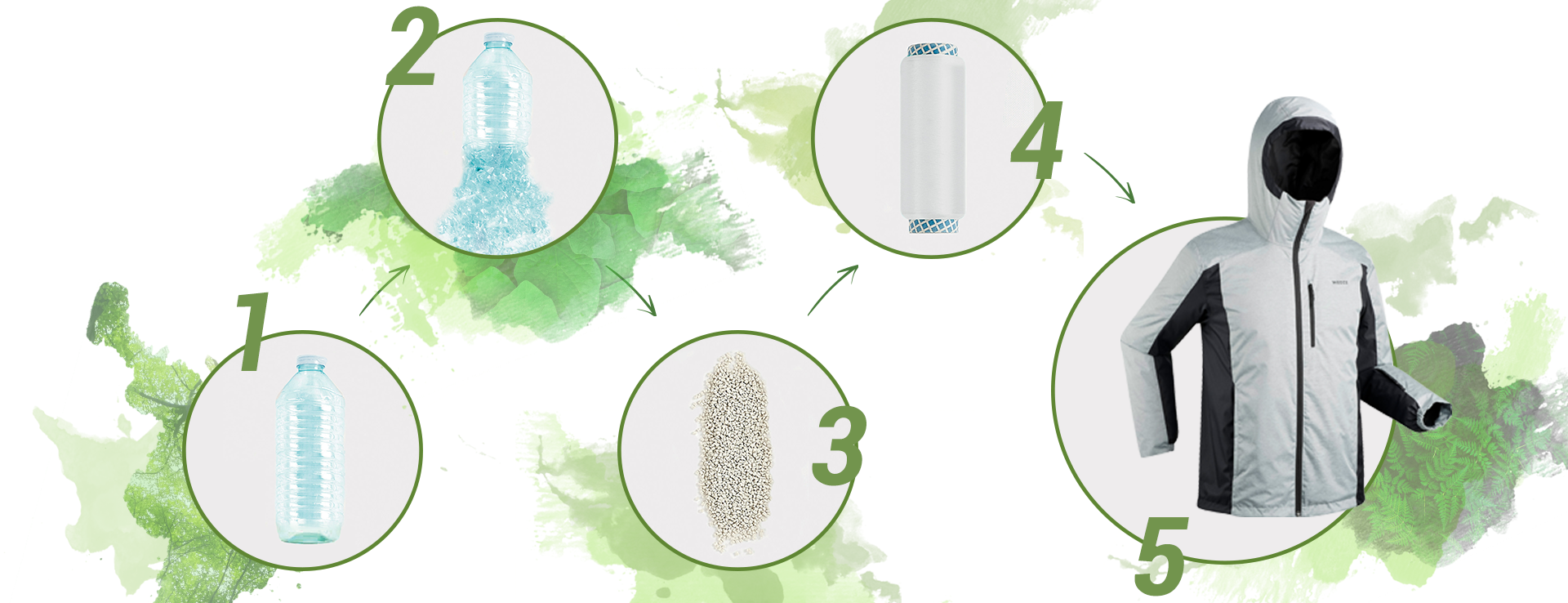Decathlon singapore's eco efforts
You probably love and care for the environment, as do we!
At Decathlon Singapore, we are dedicated to having 30% of its turnover to eco-designed products by 2023.
This is a goal we are trying to move towards, and can only achieve together with your help.
Discover some of Decathlon's different eco-design approaches in this article.


















